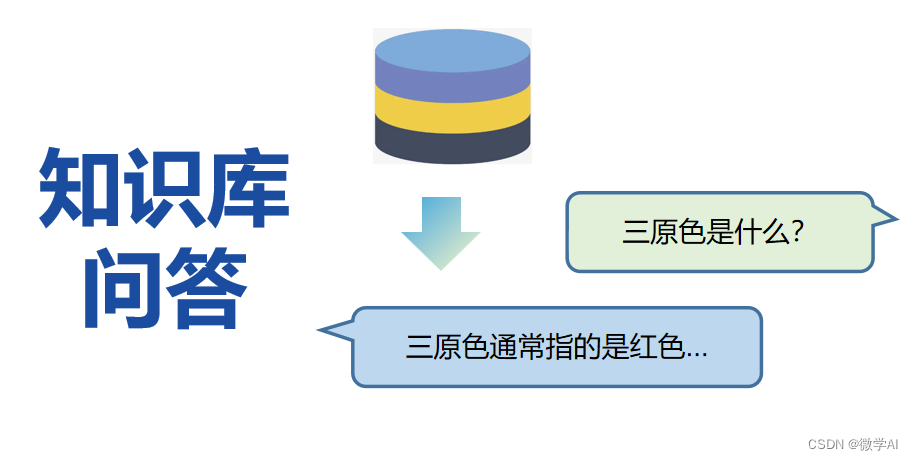Hello everyone, I am Weixue AI. Today I will introduce to you Natural Language Processing 22 - a fast question and answer system based on local knowledge base, which uses the Chinese training set of the large model as the knowledge base. Our fast question answering system is based on the latest technology of local knowledge base and large models, which utilizes a trained Chinese large model using the open source dataset including alpaca_gpt4_data.

1. Quick question and answer function of local knowledge base
The question and answer system of the knowledge base can provide fast and accurate answers to help users solve various problems. Whether it's about science, technology, history, culture, health or other fields, our system can provide users with useful information.
Our knowledge base contains a wide range of domain knowledge and is continuously updated and expanded. By leveraging the powerful language understanding and reasoning capabilities of large models, the system can extract relevant information from the knowledge base and generate concise answers. This article uses the alpaca_gpt4_data data set to load 48818 pieces of data to briefly demonstrate the process of knowledge question and answer.
2. Implementation method of quick question and answer in local knowledge base
The quick Q&A of the knowledge base mainly uses the principle of similarity search, combined with index file technology, and has the following main steps:
1. Data preprocessing:
Preprocess the text in the knowledge base, including word segmentation, removal of stop words, stemming and other operations, in order to extract the content of questions and answers. Key Information.
2. Question vectorization:
Preprocess the questions input by the user and convert them into a vector representation. A common method is to use a bag-of-words model or a word embedding model, such as Word2Vec or BERT, to represent the problem as a vector.
3. Similarity calculation:
Utilized already